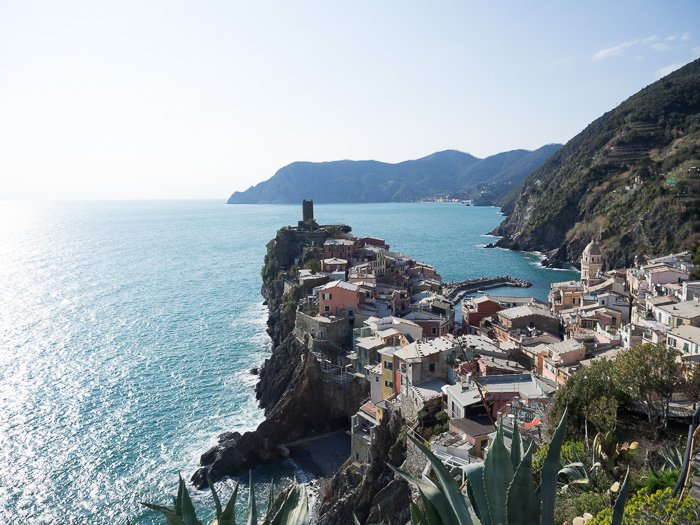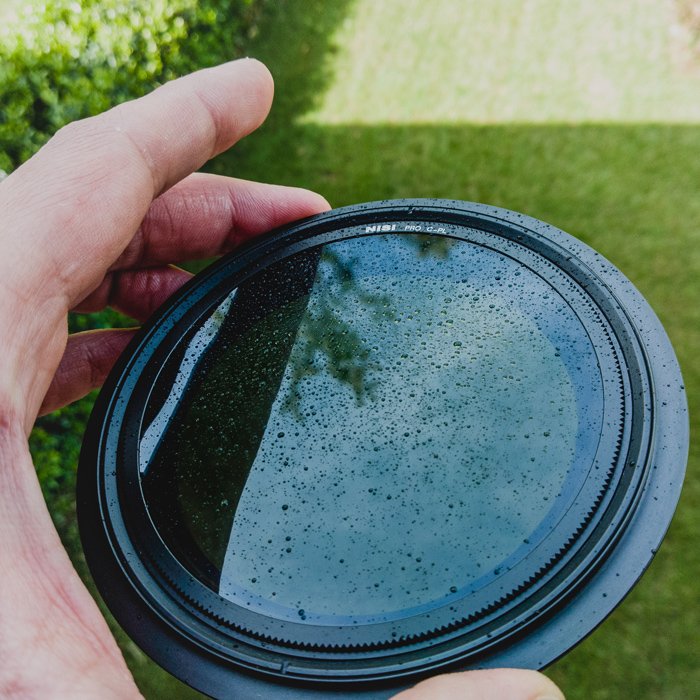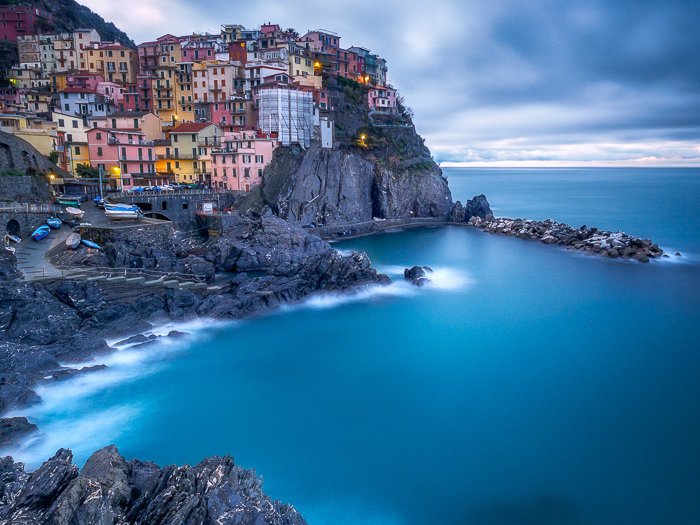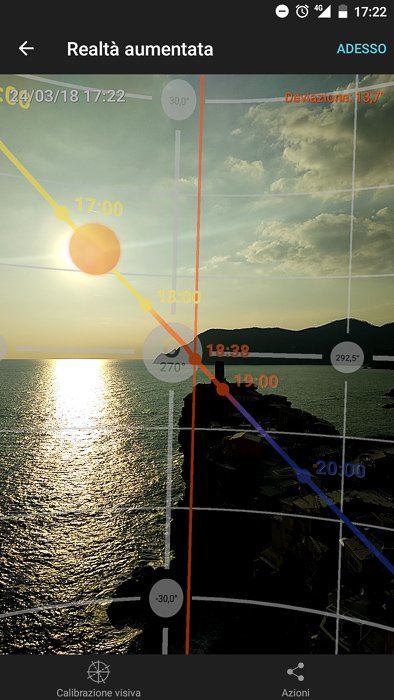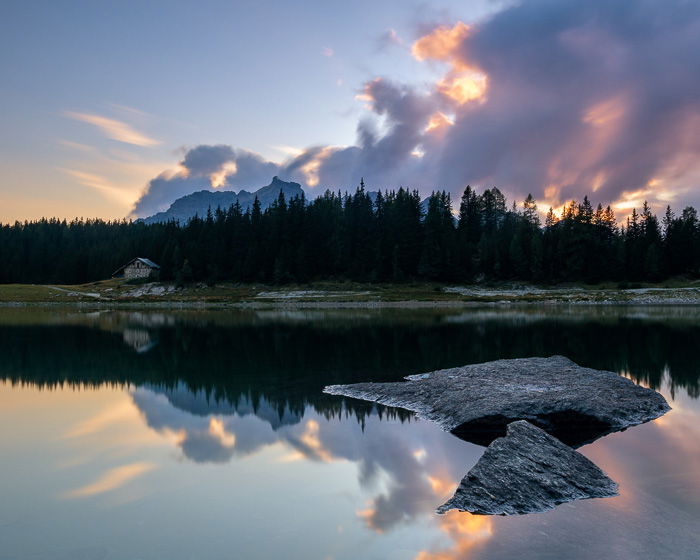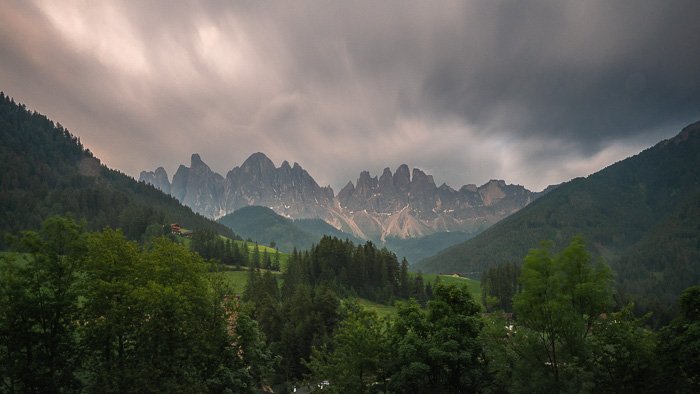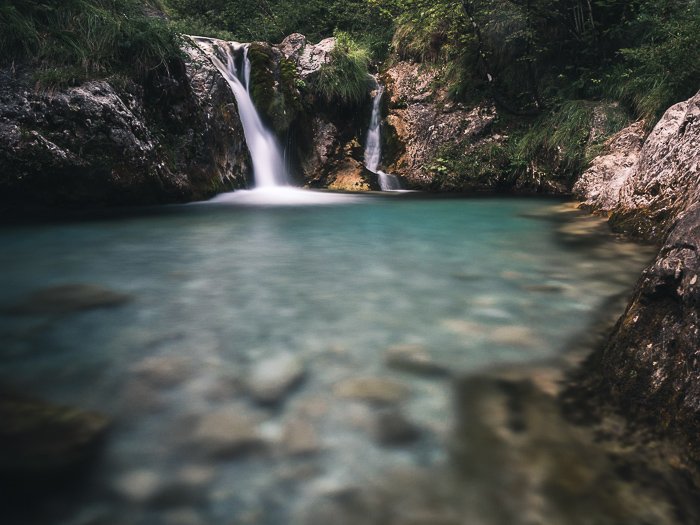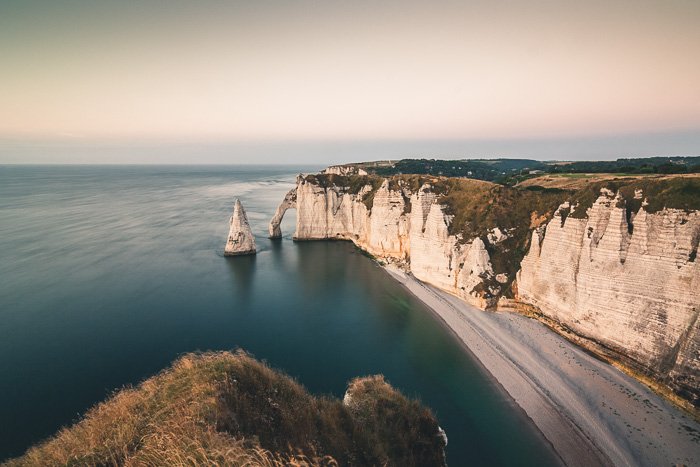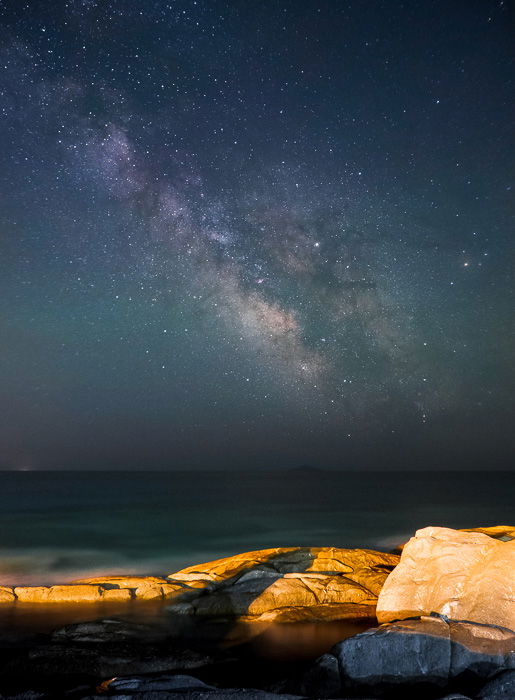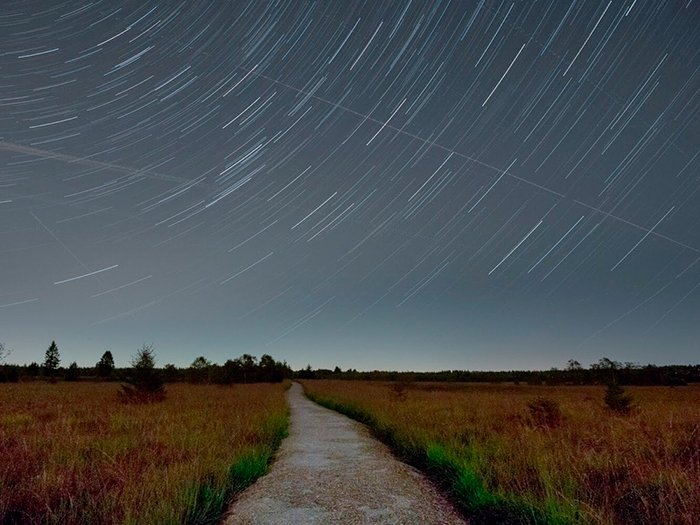Tips for Summer Landscape Photography in Harsh Sunlight
The sun is the element that influences everything in the summer season. Its presence or absence can completely change your summer landscape photography. That’s why it’s important to know how to work with the summer sunlight. In the summers, the sun shines stronger during the day. Also, the days are very long. This means that the time for sunrise is very early in the morning and the golden hour is very late in the evening. The hours of light are endless if you are further north in the northern hemisphere. Here, the sun will go down under the horizon for a few hours and for a few degrees. This continuous radiation from the sun causes a series of climatic conditions. These aren’t great for landscape photography. And they cause many photographers to hate summer photography. The light may be strong during the summer, but it’s also unpleasant. There is always haze and there’s not much color contrast. The shadows are also very hard and unmanageable. Even the vegetation is always an intense green color. While this might look beautiful, it doesn’t always translate well to photographs. And when the vegetation is not lush and green, it’s usually burnt by the powerful solar rays. This will make it take on a bad yellow color closer to straws than lush landscapes. But you can use a polarising filter to combat some of these issues. The filter will fight the haze and the effect of the sun’s rays on the earth’s atmosphere. It will also remove reflections on non-metallic surfaces. And it will saturate the colors (in particular the green color of the foliage) and remove a small part of the mist. But it does not work miracles. It’s better to find yourself shooting in the best possible conditions. The middle of a hot summer day is not an ideal time for landscape photography during this season. In general, midday is not the best time for landscapes as far as I’m concerned. It’s much better to focus your energy on shooting during the sunrise or sunset. Even if this means getting up very early in the morning or coming back very late in the evening. During the lunch hours, you’re better off having a siesta. If the Southern European midday nap is not for you, you could spend this time planning. Or scouting locations for your summer landscapes.
Planning for Summer Landscape Photography
You find yourself in a beautiful location. And then realise you have completely missed the best light in that particular area. There is nothing more frustrating for a landscape photographer. It happens sometimes. You go to shoot a sunrise on a cliff overlooking the sea well before dawn. And then realise that the same composition would have looked better during sunset. A classic example of this error is the Cinque Terre, on the Italian Ligurian coast. Take Vernazza or Riomaggiore, for example. These are two excellent and classic landscape locations. They come alive during the golden hour of sunset. During sunrise though? Less interesting and majestic. The opposite is true for Manarola. The hot spots from where you can shoot have excellent views early in the morning. During the evenings they’re less interesting. And we are talking about spots that are only a few kilometres away one from another, on the same coastline. It’s easy to ruin your trip and photo session by missing the right moment. You might still come away with nice pictures, but not great breathtaking landscapes. To avoid these strategic errors I always have a couple of apps on my smartphone (PlanIt Pro! And PhotoPills). These apps help me understand the direction of the sun and the lighting in a location. But this only happens after I have already decided which location to visit during my shooting session.
Location Scouting in the Summer
In the summer you have a lot of hours of light during the day. This can help you increase your chances of taking home an amazing shot. Once you’ve come up with a list of potential locations, take advantage of that summer light and go visit them. This a good way to learn where and how to shoot. It’s frustrating to have to decide at the last minute whether to take a sunrise or sunset photo. If you visit the locations beforehand, you can judge which of these times is best. Advance location scouting will also allow you to plan your composition. The scouting session should come before you plan your photo. That’s evident. So first decide on the locations, then plan what you’ll be doing there. You can even create a shot list to make everything even easier.
Why You Should Still Check the Weather
When it comes to landscape photography planning, the weather is the most unpredictable component. Especially in the summer, when weather conditions can change in a very short amount of time. It’ll go from sunny to full on downpour sometimes. But these sudden storm fronts provide great photography opportunities. These are the summer landscape conditions that I love most. I go searching for them for my landscape photography. Clear blue skies (or colored by the last lights of the sunset) can be boring. Everyone has a sunset photo. But not everyone has a dramatic weather image. I use the MeteoRadar and Windy apps to check the weather. I’ll do this all day long, not once in the morning. This way I can be somewhat sure of the presence of storms and dark clouds. I also check the direction and intensity of the wind. Also look at expected temperatures and the trend of the tides.
Summer Photography Ideas
Alright so now you know that summer landscape photography is doable. You need to plan a little, and stick to the mornings and evenings. But what exactly can you photograph during the summer? Some of the most photographed subjects are fields of flowers. Lavender fields in the south of France towards the end of summer, for example. Or sunflower fields in the middle of the season. Wheat fields, too, reach maturity towards the end of the summer. These are very inflated as a photographic subject. Every watercourse can become an interesting photography subject. Whether in the high mountains or in a deep gorge. This is also where you can use long exposures. So let’s talk about photographing waterfalls, streams, rivers, and lakes in the summer. The great protagonist of summer photography is sea and coastline photography. I prefer to practice these landscapes in different seasons. But it is true that even in the summer you can experience good lighting and weather conditions.
Nighttime Summer Photography
The Milky Way reaches max visibility from April to mid-September. Above all, the nucleus of the Milky Way is visible for a greater number of hours. The nucleus is the interesting part of the whole galaxy. You can see gaseous masses and nebulae of all colors above the horizon. During the summer the Milky Way also takes on a less inclined and more vertical position. Make sure you check the composition and location beforehand. It won’t be easy to find a good composition in pitch black darkness. You can also try star trails during the summer. But these are easy to photograph throughout the year. All you need is a dark sky with no moon. The presence of the Milky Way does add an extra oomph to summer star trails. The trajectories left in the frame by the stars will get new and interesting colors. For both these subjects I used the same applications as before, Planit PRO! and PhotoPills. These applications are very useful for night landscape photography. They allow me to understand exactly where the Milky Way will be in my landscape. Also PhotoPills allows me to see an Augmented Reality view of the position of the nucleus. And they have an updated database of the phases of the moon and the brightness of the sky. This helps me choose the time when the moon will disturb my composition the least. And it allows me to figure out locations where the sky is less prone to light pollution caused by big cities.
Conclusion
There’s no reason to not be out there shooting in the summer. Every single season is full of nice compositions and subjects. The tips in this article will help you take landscape photography during the summer. So get out there and photograph. The more time you spend in the outdoors taking landscape images, the better. Your skills will improve, and so will your photos.


